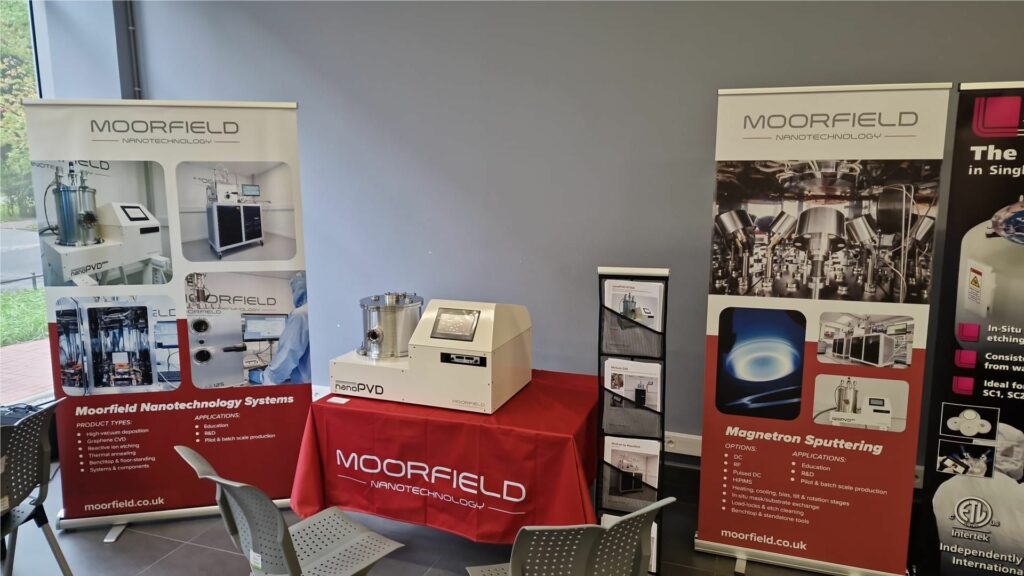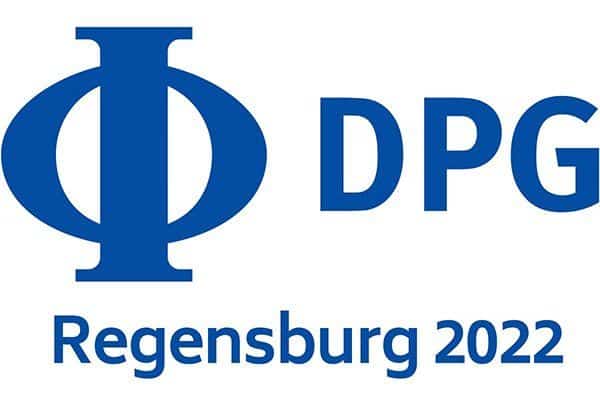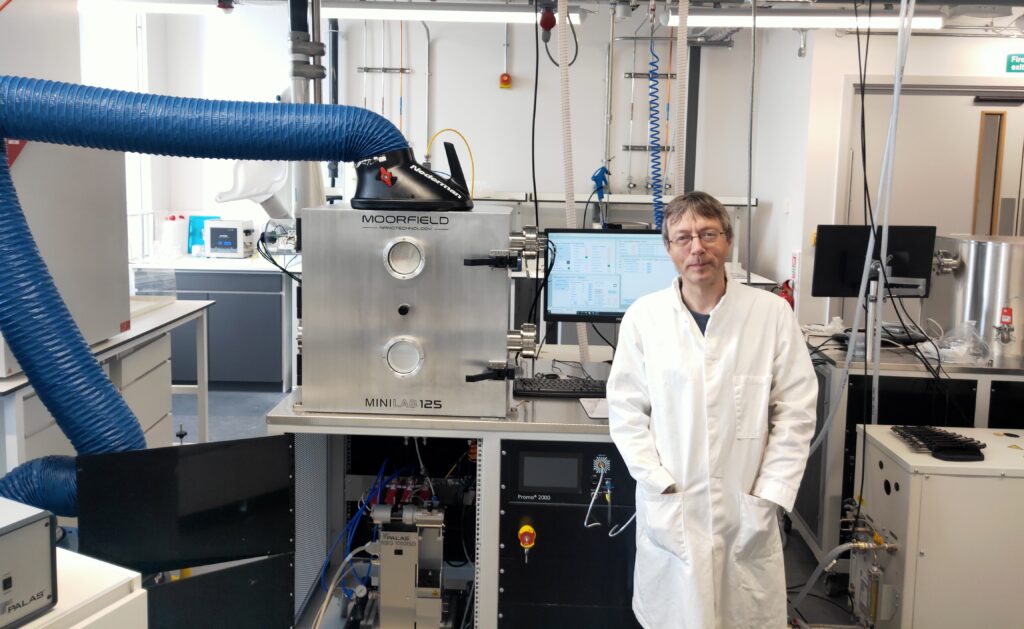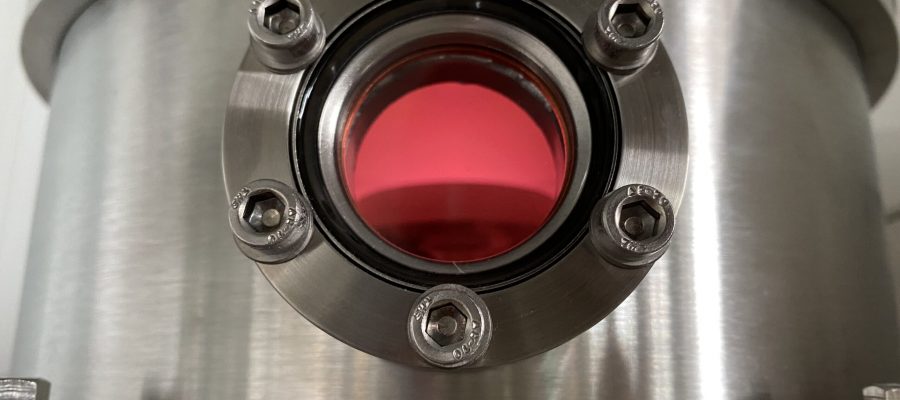Cryo-EM is now widely used for imaging biological molecules but further advances in resolution that could yield enhanced structural data are impeded due to movement of water/ice layers that occur on exposure to electron beam irradiation.
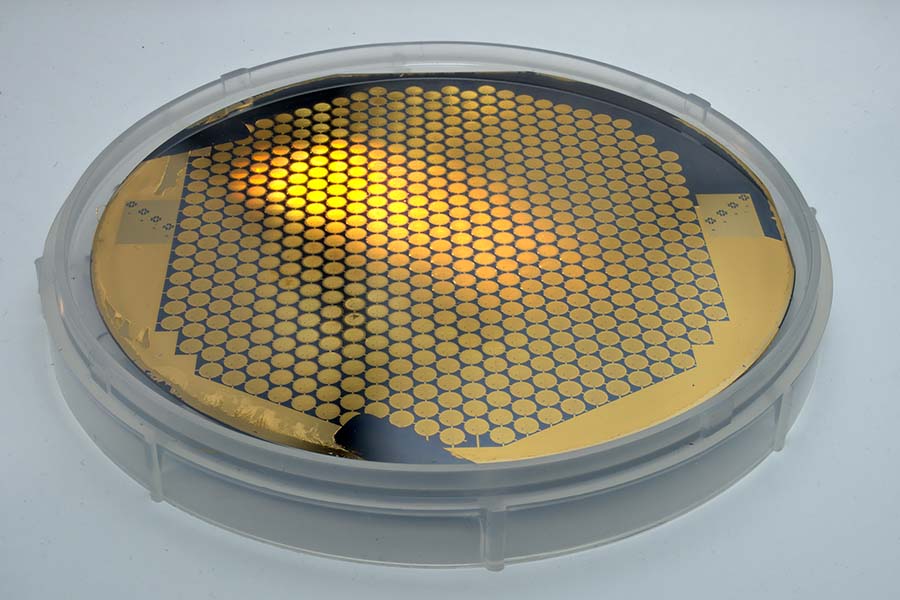
The researchers developed a thorough understanding of the physics causing this movement and designed an optimised sample-support grid as a solution, which they call “HexAuFoil”. HexAuFoil fabrication requires careful substrate handling and precise deposition control, and is carried out using a Moorfield MiniLab 080 electron-beam evaporation tool with cryogenically cooled substrate stage and low-contamination base pressures below 3 × 10-8 mbar.
View the publication
https://science.sciencemag.org/content/370/6513/223

